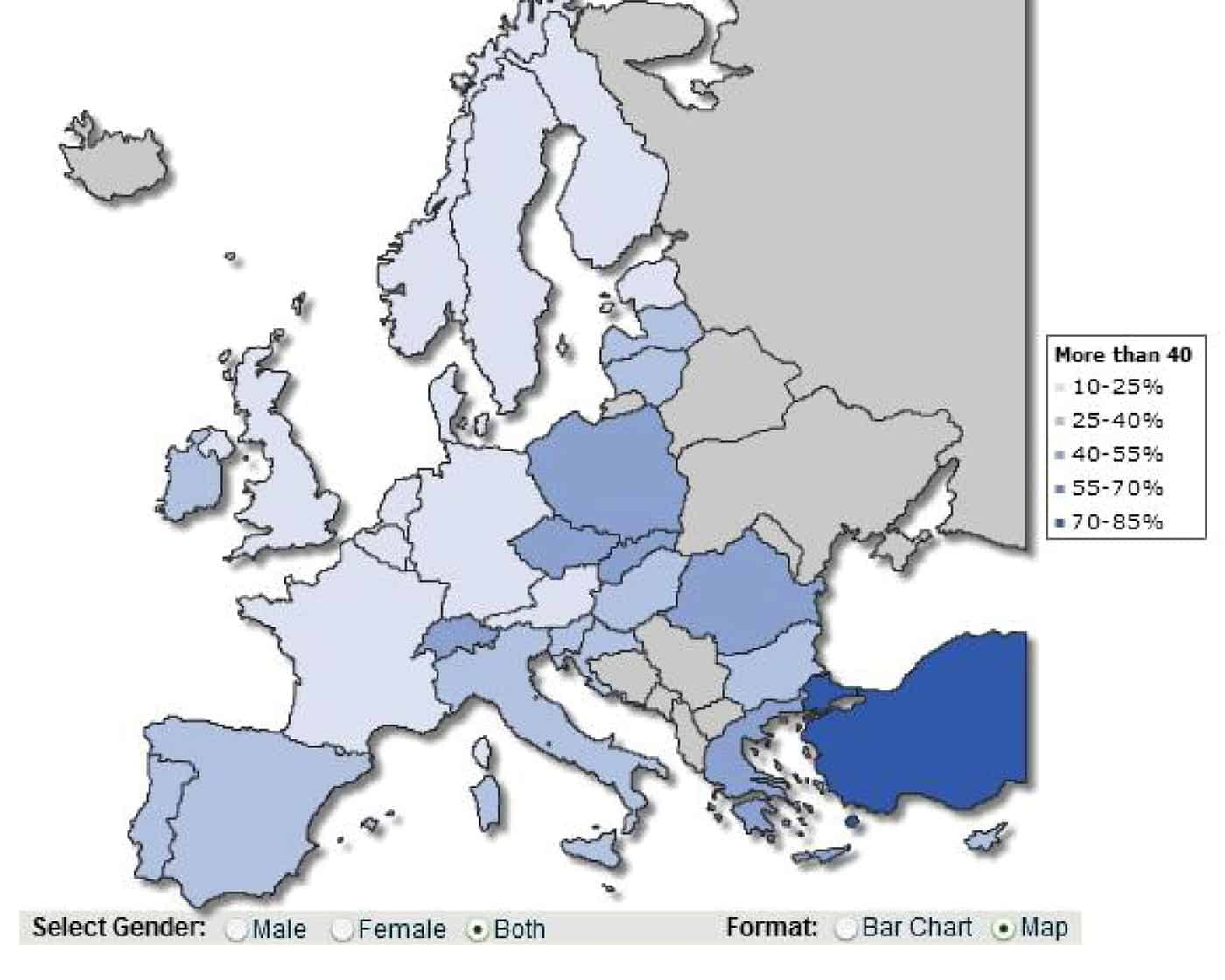On 19 January 2010 EuroFound began the fieldwork necessary for the next in its series of surveys of working conditions in Europe. According to the media release:
“Eurofound launches the fieldwork for the fifth European Working Conditions Survey, involving face-to-face interviews of workers in 34 European countries. This critical and timely research tracks the current state of working conditions in Europe, highlights the quality of work and employment, and monitors changing trends. The first findings of the survey will be presented at the end of 2010.”
The beginning of fieldwork is far less interesting than the end of the fieldwork but the announcement does remind us of the statistics that the organisation has been able to amass since 1991.
There are distinct lessons for other countries and regions such as the United States and Australia where individual states have OHS responsibilities. In Europe it is possible to compare one country’s OHS progress with another but the European union seems to have new members every year and each country has distinct industrial and regulatory characteristics.
The US and Australia are much more stable in this context and the data would be invaluable for policy development.
The best example of showing the raw data comes from Eurofound’s survey mapping tool that it applies to its 2005 data. (The working hours question can be found HERE) The tool pictorially displays the data related to each country’s response to the survey questions. It is neat and interesting although researchers would prefer the downloadable spreadsheet data that provides greater detail by splitting the response into gender and age groups. It is, effectively, a workplace census.
Such a survey is bound to be expensive but it would be worth it in terms of developing OHS and industrial relations strategies but also to indicate whether regulatory changes or enforcement campaigns work.

